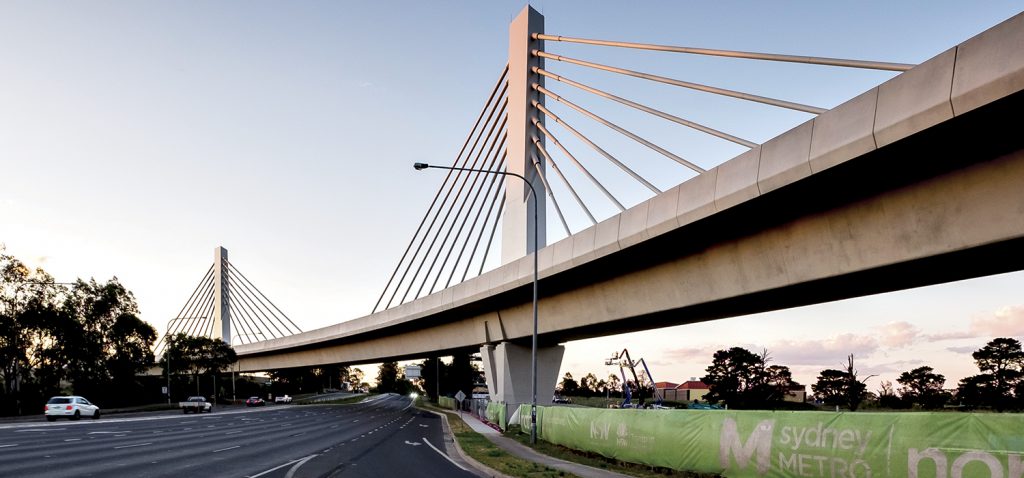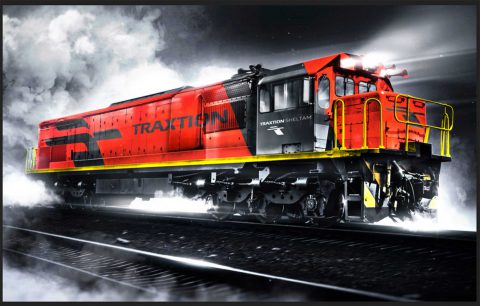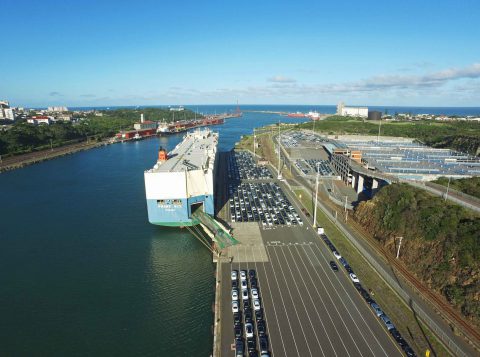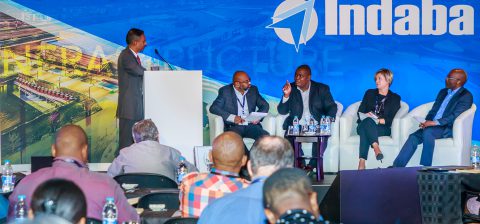Infrastructure
Closing The Gap
In order to create strong economic growth that results in a functional society, we need political certainty. This will encourage investor confidence that will enable South Africa to invest in the social upliftment and economic success of our people.
South Africa needs an integrated infrastructure plan where both the National Development Plan (NDP) and Strategic Infrastructure Projects (SIPs) are used as a guideline for effective infrastructure development by the National Planning Commission. Within the National Planning Commission there is a definite need for an “Office of the Engineer General” to ensure effective planning and implementation of these projects.
The biggest challenge for the development of infrastructure is the gap in what the country needs and what it can afford. The current restrained economic growth and lower revenue collection through taxes means that the money made available from Treasury for infrastructure development has resulted in big-build projects being trimmed down substantially or put completely on hold.
It is almost impossible to hit the “sweet spot” where demand for economic infrastructure matches the readiness of such infrastructure. One understands similarly that if an entity such as Transnet does not realise sufficient levels of profitability, it is difficult to self-fund these investments. However, having embarked on expansion projects such as for example the Manganese Corridor upgrade or the Waterberg as the next major source of coal, surely it should be considered too risky to potentially yet again miss the upswing in global demand for these commodities. We do need to be taking a pro-active rather than reactive approach to infrastructure development and maybe some form of public-private partnership could help ensure that we are ready as a country to take advantage of such opportunities for growing our economy. What we need as a country is investment in the future.
Government needs to take a “leap of faith” supported by political will to invest in future opportunities where there is no immediate guarantee but likely long-term benefits of having done so. Do we have the necessary drive and mutual trust to make this happen? Probably not, but it is crucial that now that the elections are behind us we work hard at building trust between government and the private sector. The private sector has the money that government needs for these large-build projects but trust needs to be solidified in order to create a longer-term view for future returns. We are an immensely commodity-rich country and need to take advantage of this in order to support economic growth and be in a better position to spend money on the social infrastructure required for the upliftment of our people.
So, what is needed? For starters we need to provide for the social infrastructure that communities are crying out for, underpinned by a more stable political climate in order to promote investor confidence. This can be achieved via a two-stage approach:
▪ Spend money on social infrastructure to create a politically stable climate.
▪ Create a stable environment to promote investor confidence to invest in:
▪ Public private partnerships for projects such as wastewater treatment plants.
▪ Public private partnerships for projects in road & rail infrastructure supporting economic growth.
Government is in a better position to earmark funds for social infrastructure. South Africa needs to explore models where investors get returns by researching models that have been successful in other African countries such as Kenya. Kenya has funded extensive road infrastructure in support of impressive economic growth through investment in the development of their road network. This has been achieved through both traditional tolling as well as a road annuity system.
Social infrastructure underpins the economic success of a country and South Africa needs to ensure political stability to achieve this. As a society, communities need to find alternative ways of expressing their frustrations in a less self-defeating manner than destroying the very infrastructure that they are going to need for economic success. Good economic infrastructure results in good social development.
Take the Moloto Corridor as an example. Although the road has recently been upgraded, commuters still have to rise at 4am to get to work by 8am only to return home late at night, which does not make for a functional society. Parents are not able to properly parent, leading to dysfunctional societies. What is needed is a subsidised high-speed rail service such as the Gautrain, with an investment model that sees returns subsidised by government. Transport nodes along this corridor offer the opportunity for further development of both formal and informal economic zones around commuter stations. In addition to this, along the railway route is the opportunity to electrify the surrounding areas, which results in further economic development and a more functional society.
Previous attempts at providing such a long-term sustainable solution have failed for various reasons and we need to learn from our own Bus Rapid Transit System and even from similar systems such as the Curitiba in Brazil, which worked only until the system became saturated, whereas a rail transit facility would have provided a sustainable long-term solution.
From an international and intra-African trade perspective we need to create a multi-nodal, multi-modal north/south economic corridor encompassing both road and rail with economic zones en route to speed up ease of trade movement. In addition, more use of the one-stop border post concept must be implemented.
What South Africa needs is political certainty in order to provide investor confidence and then to develop a new infrastructure model for the country underpinned by the need to create a functional society. Economic infrastructure must be created to ensure that we address the social infrastructure backlog.







 Sign-up and receive the Business Media MAGS newsletter OR SA Mining newsletter straight to your inbox.
Sign-up and receive the Business Media MAGS newsletter OR SA Mining newsletter straight to your inbox.